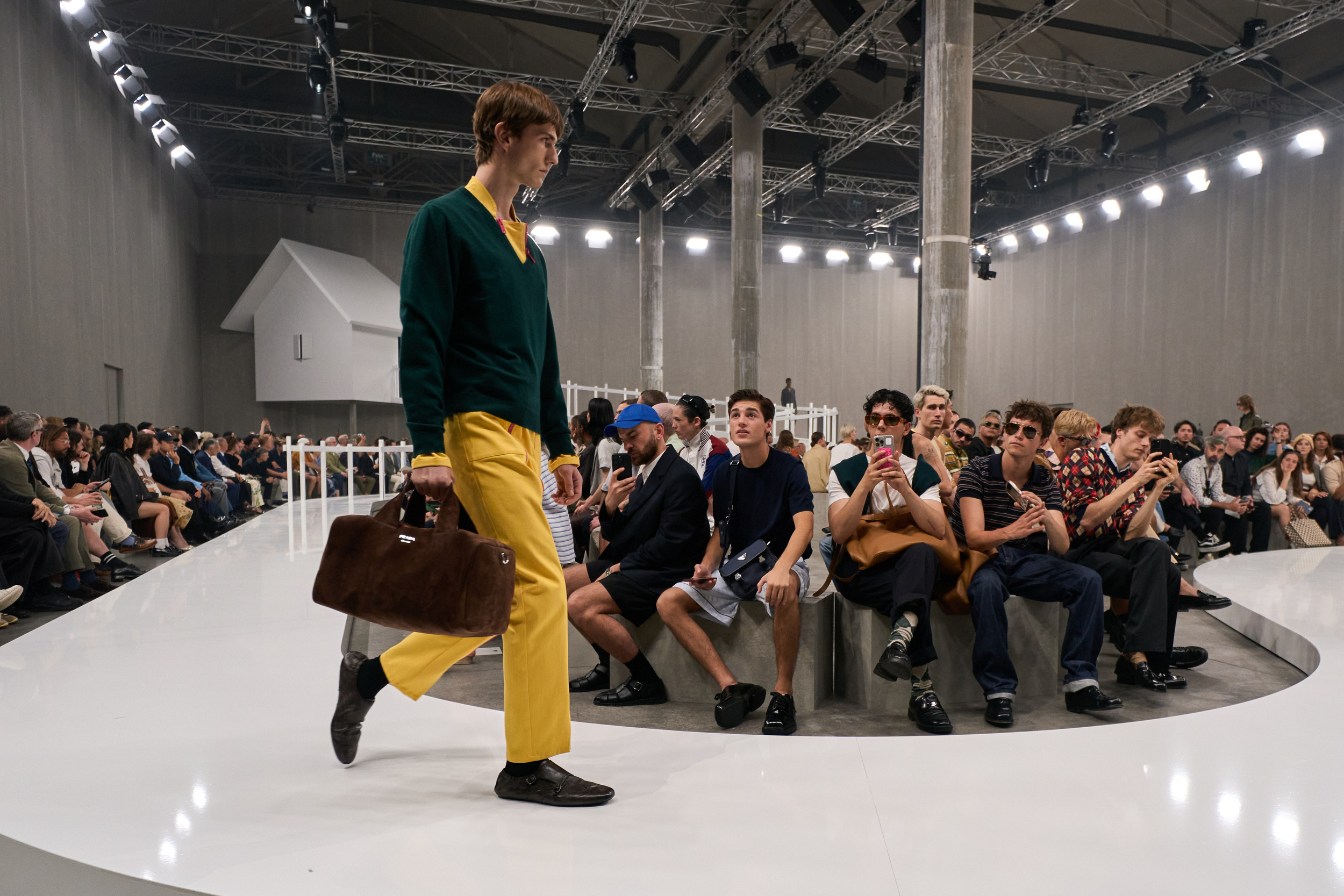Bolstered by Miu Miu, H1 Results Show a 26% Increase in Net Income and 17% Increase in EBIT
In defiance of a challenging financial background shaping the luxury industry, Prada Group showed strong growth in the first fiscal half of the year, with double-digit gains in profits and revenue. The luxury group, which owns brands including Prada, Miu Miu, and Church’s, reported a 26% year-on-year increase in net income to €383 million for the first six months of the year, ending June 30. In the same period, earnings before interest and taxes climbed 17% to €575 million.
Revenue increased 14% to €2.55 billion at actual exchange rates. At constant exchange rates, this increase translated to 17% in the six-month duration. Retail sales followed a similar trajectory, rising 15% to €2.26 billion at reported rates and 18% at constant exchange. The Miu Miu brand surpassed its Prada counterpart, spearheaded by Miuccia Prada and Raf Simons, witnessing a 93% surge, in contrast to Prada’s 6% rise.
Miu Miu continues to build on its recent momentum, particularly in China, where it is the preferred choice for socialites of all generations. The brand frequently outstrips numerous others on the quarterly Lyst Index of hottest brands, although it was recently dethroned by Loewe.
Prada Group’s chairman and executive director, Patrizio Bertelli, commended the group’s results as “solid” and indicative of the group’s “disciplined execution” strategy. Bertelli said, “We are satisfied with the above-market performance and high-quality, like-for-like growth trajectory that we have achieved in an increasingly uncertain market environment”, expressing confidence in the group’s ability to navigate the future effectively due to its organizational flexibility.
Group CEO Andrea Guerra also highlighted the company’s consecutive 14 quarters of “high-quality, like-for-like growth”, with a stand-out second quarter that built on a good start to 2024 fiscal year. Despite recognizing the challenges posed by the current industry dynamics in the macroeconomic and geopolitical context, Guerra said they remain committed to their strategy and aim to deliver “solid, sustainable, and above-market growth”.
Prada Group’s robust growth sharply contrasts with some of its peers, including Kering, LVMH Moët Hennessy Louis Vuitton, and Burberry; these companies have suffered a slowdown in sales and profit growth due largely to the reduction in demand in Mainland China. Nevertheless, Prada Group reported strong performance across all regions. In Asia Pacific, revenue rose 12% in the first six months, despite a downturn in the second quarter due to stronger comparisons and increased spending outside the region. This downturn hints at the inevitable attention towards Japan, where impressive trading numbers were reported.
The Japanese market was the best-performing region for Prada, with sales surging 55% supported by healthy local demand and strong tourism flow, especially from affluent Chinese tourists benefiting from the weak currency. Europe and the Americas also reported growth in sales, up 18% and 7% respectively, aided by domestic and tourist spending. Finally, Middle Eastern sales climbed by 20%.
